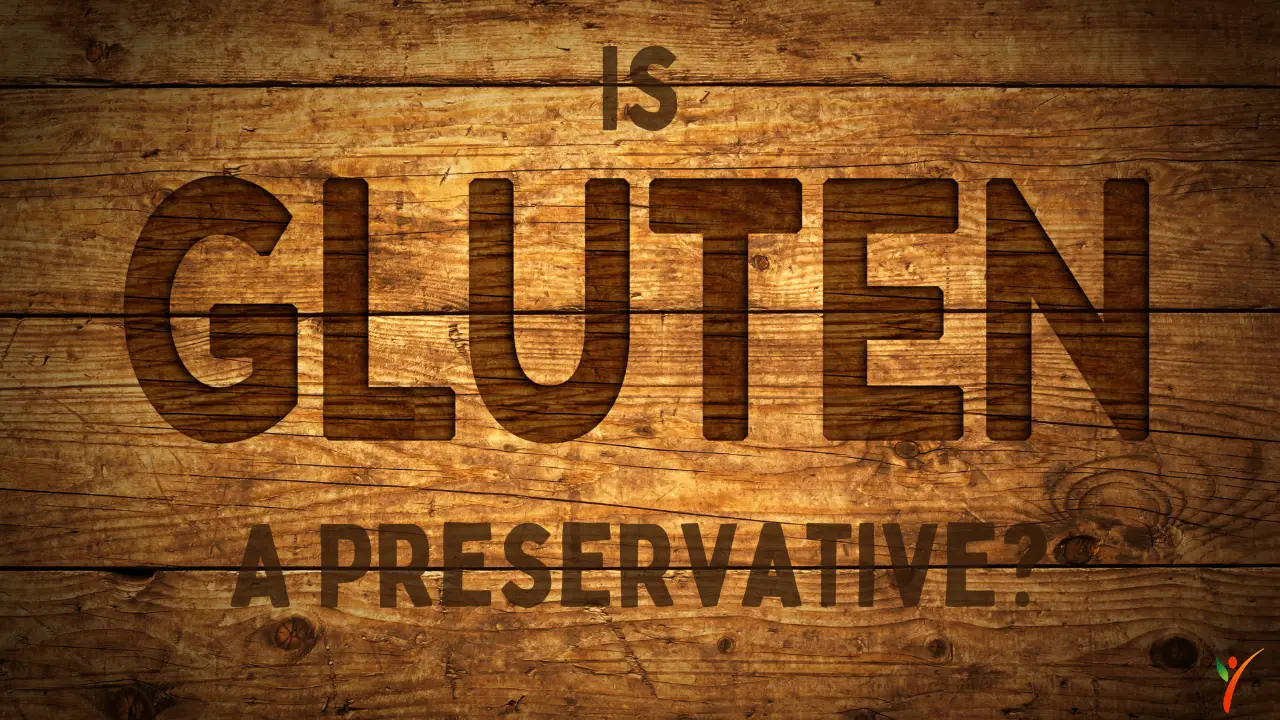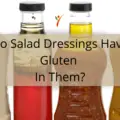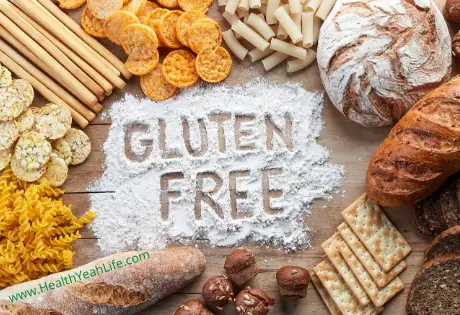When switching to a gluten-free lifestyle, many assume it's only about taking out the pieces of bread, cereals, and pasta. The reality is that gluten hides in many everyday food items that you may overlook if you're unfamiliar with them.
Consequently, this leads to the accidental consumption of gluten, which can be fatal for gluten-sensitive and celiac patients. You might know about the risks of eating processed foods on a gluten-free diet, but have you wondered why?
Think condiments, potato chips, salad dressings, even processed meat; they all have gluten hidden away in the ingredients. Here's how gluten can be hiding in the most common food ingredients and why you should avoid them.
What is a Preservative Anyway?

The word preservative comes from the word “preserve,” which means to prolong something. In the food industry, preservatives are natural or chemical ingredients that the manufacturer adds to prevent the food from decomposing. Things like pickles are preserved using a mixture of salt, oil, and vinegar.
Preservatives extend to more than just processed foods; cosmetics, skincare products, and medications have them as well! Let's focus on food for the time being. Following is a list of natural and chemical preservatives commonly used in food items:
- Natural Preservatives: These are preservative ingredients that are all-natural. Examples include citric fruits such as lemons and citruses, salt, grapefruit extract, and rosemary.
- Chemical Preservatives: Chemical preservatives, on the other hand, are human-made using a combination of chemical elements. Manufacturers add benzoates, nitrites, sulfites, and sorbates, to processed goods as a preservative element.
Why Are Preservatives Popular in the Food Industry?

Preservatives in food ingredients are becoming more and more utilized by manufacturers with each passing day. You'll find them everywhere, from jams and syrups to ready-to-bake products.
With the advancement in technology, natural preservatives are used for their artificial alternatives. Adding preservatives can have many advantages. The primary reason is to prevent the growth of microorganisms such as bacteria on food, which spoils it immediately.
Preservatives can keep the food fresh for months, and it doesn't create any difference in the taste of the food with added preservatives. That brings us to our next reason; preservatives prolong the shelf life of food items.
Without preservatives, many foods will only last a few days or weeks, at maximum. Meanwhile, with preservatives, food can last up to months, which is especially beneficial for canned food items.
Gluten & Additives- Are They Related?
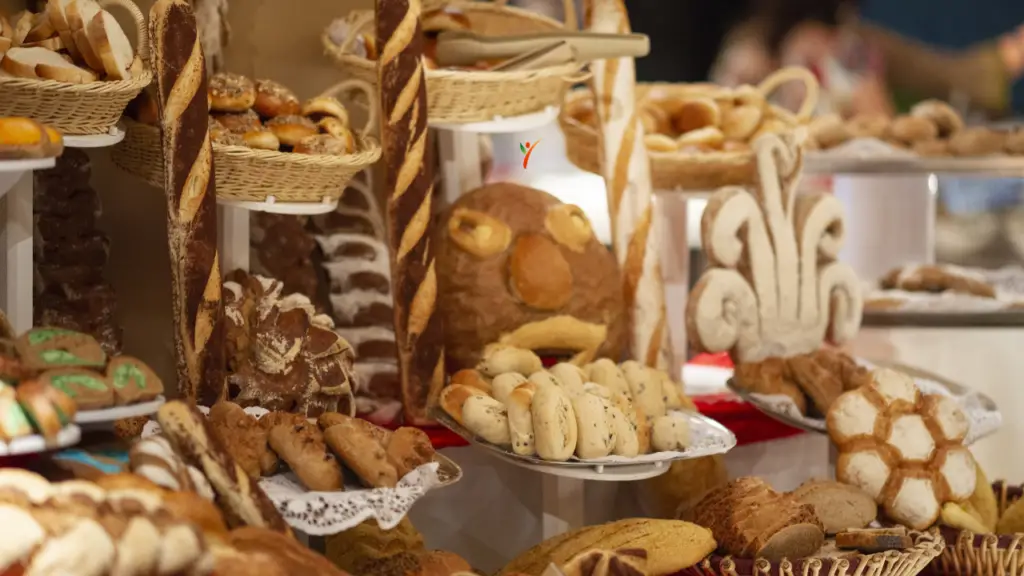
One of the main concerns of gluten-free dieters is that non-gluten food items have a shorter shelf life. Consider gluten-free bread; it can only 3-4 days in the refrigerator compared to 7-12 days for regular bread. You are able to store it in the freezer for up to six months, but that's not always ideal.
So, what makes gluten-free foods spoil quicker than the usual food ingredients? The answer is preservatives, of course! Everyday food items contain a lot of additives, most of which have gluten-containing particles.
Since gluten-free foods exempt from these additives, it leads to shorter shelf life. But that's not where it ends. Additives with gluten such as wheat starch contribute as a thickener, emulsifier, stabilizer, and flavor enhancer, in foods. It means that gluten-free foods also lose their texture and flavor earlier than their gluten-containing counterparts. Therefore, while gluten is more commonly used to enhance the texture and flavor, it acts as a preservative.
Gluten-Free Foods, What Should You Look Out For When Shopping?

When you're going on your monthly grocery shopping errand, it's safe to know about additives that do contain gluten. There may be some of them that are easy to detect, while for others, printing out a list is a good option. Here are some gluten-containing additives you should double-check on food ingredients:
The Detectable:
Wheat, rye, barley, spelt, and occasionally oats are common gluten-containing culprits. You might be aware of these already if you've been following a gluten-free diet for some time.
Similarly, manufacturers use these ingredients as additives, and since they make them from gluten-containing grains, they're not gluten-free either. Watch out for anything that says barley or malt in the ingredients as well. Anything that says ‘flour' in the ingredients commonly means wheat flour, so avoid that also.
The Less Obvious:
You can point out the additives such as ‘wheat starch' or ‘malt extract,' but it's harder to identify others. Common gluten-containing additives you might miss out on include yeast extract, wheatgermamido peg-2 sulfosuccinates, roux, edible food starch, fu, filler, rice malt, and syrup.
The Questionable:
Some additives may or may not contain gluten, depending on how they're manufactured. Check with the manufacturer, but it's safer to avoid them if you suffer from extreme celiac or gluten sensitivity. These include Monosodium Glutamate (MSG), modified food starch, maltodextrin, hydrolyzed oat flour, hydrolyzed plant protein, hydrolyzed vegetable protein, maltodextrin, dextrin, and citric acid.
Common Gluten-Free Preservatives

With the increase in gluten-free products, manufacturers are now adding gluten-free preservatives. These preservatives act similar to gluten-containing preservatives but without the risk of gluten in them. Here are a few common gluten-free preservatives you'll find in the market:
Xanthan Gum-
When carbohydrates are fermented using bacterial fermentation, it produces xanthan gum. Not only is xanthan gum a gluten-free additive, but it's also safe for vegan-dieters. The purpose of xanthan gum is to emulsify and thicken food products, further preventing separation within the layers. Besides xanthan gum, other gluten-free gums in the manufacturing industry include guar gum and locust bean gum.
Carrageenan-
Carrageenan is a common additive found mainly in non-dairy products such as plant-based milk. This additive originates from red seaweed, which is utilized in the food industry. Their primary function consists of thickening, emulsifying, and preserving. Experts continue to debate on the destructive properties of carrageenan in food consumption. It is still, for now, extensively used as a gluten-free additive.
Soy Lecithin-
Lecithin is made from different foods such as eggs, sunflower seeds, and soybeans. Soy lecithin, in particular, is created when soybeans go through an extensive chemical process. Including soy lecithin has many benefits, one of which is food preservation. Other than mild preservative, it also acts as an emulsifier and stabilizer. That's the reason you'll find it in almost everything, especially chocolates. I do want to caution you to stay away from anything overly processed, such as soy lecithin, in any foods you eat.
BHT (Butylated Hydroxytoluene) and BHA (Butylated Hydroxyanisole)-
These chemical preservatives are so common that you'd even find them in cosmetic products. They're well-known for keeping gluten-free foods fresh, an aspect they lose when there's no gluten in them. However, they don't come without contradiction. Did you know that BHT and BHA are banned in many countries, not including the US, due to their allergic and carcinogen properties?
Why Should You Avoid Chemical Preservatives?

All that's good in the world doesn't include preservatives. While preservatives do have advantages when talking about prolonging shelf life, they're not great for your health. Consumption of preservatives, even in average amounts, let alone excessive, can lead to many diseases. We've made a list of a few of them:
A Trigger for Breathing Problems-
Health experts state that preservatives such as sulfites and benzoates can trigger breathing problems, including asthma and bronchitis. These are especially harmful to patients with chronic lung disease. Even for an average person, these preservatives can cause shortness of breath, according to a research study by MayoClinic.
Increased Risk of Heart Diseases-
With the increasing percentage of patients with heart disease, preservatives contribute further to the problem. Excess consumption of preservatives has been shown to weaken the heart tissues, leading to decreased heart strength. The reduced tissue strength paves the way to an increased risk of heart diseases, especially for older people.
Carcinogenic Properties-
Nitrites and nitrates react within the stomach and produce carcinogenic agents. These carcinogenic agents can increase the risk of cancer in the body. BHT and BHA, which are found in many food items, are also the cause of high cancer-risks.
What Can You Do?

Now that you know that many preservatives contain gluten and even those that aren't harmful, what's next? Cutting out preservatives in your diet entirely may not seem to be an option in today's world. But, you can always limit your intake, or even better, choose healthier options. Here's what we recommend to get you on the track:
- Limit Processed Foods:
The first step to taking out processed foods is to limit them. Instead of buying canned or prepacked food items, buy natural food products. These include proteins, meats, seafood, legumes, food, vegetables, nuts, and beans. You'll be excluding a lot of the excessive preservatives, and it's better for your body.
- Opt for Homemade Food:
Sometimes, ready-to-cook baked items and meals seem like an easy way out. And, it's true, they are quicker when you're short on time. You don't need all those preservatives when you can cook those homemade recipes with fresh produce, though. Make it more manageable, make a meal plan, food prep, and batch cook your recipes on the weekend. You not only save time but your body's health hand in hand.
- When in Doubt, Inquire:
If you're unsure about a particular product's preservative quantity or whether it's gluten-free at all, contact the manufacturer. When you're doubtful about the ingredients, it is better to be safe than sorry. Manufacturers will readily answer all your questions. If you're still unsure, avoid those food items.
- Go for Natural Preservatives:
Nothing beats the goodness of natural preservatives. You can add natural preservatives when making homemade food. Additionally, some manufacturers do add natural preservatives instead of all that chemical load in their products. Products that have gluten-free citric acid, vinegar, sugar, and garlic, as preservatives are safe to consume. You may even add these to your homemade food recipes as well.
Natural Preserving Techniques to Try at Home
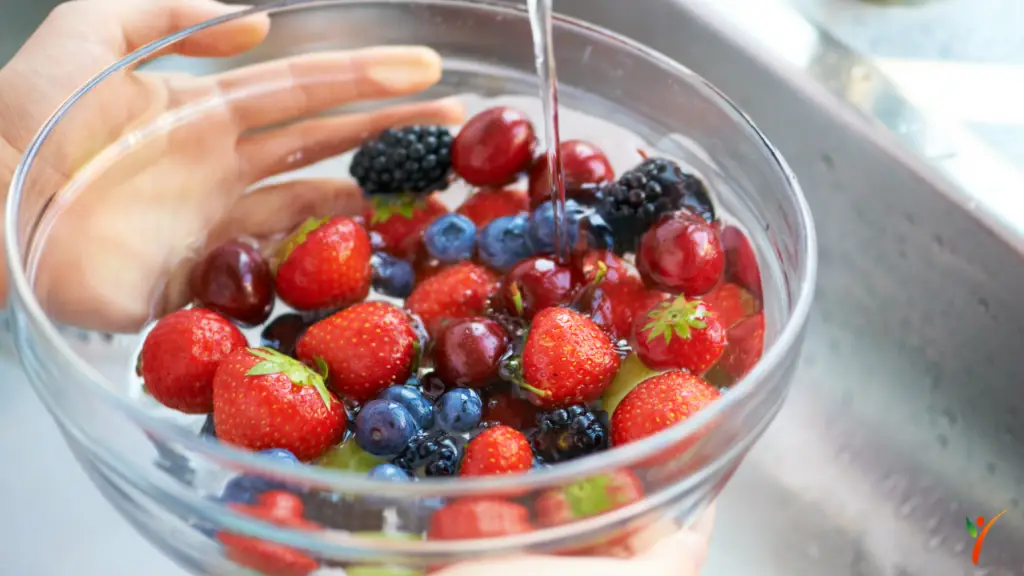
Preserving fresh produce and homemade food isn't as hard as you might think. Once you get the hang of it, it's as easy as it can be. Try these techniques at home and make your food items last longer.
Keeping Berries Fresh-
Berries can start getting discolored and soft within days if you're keeping them at room temperature. Get a bowl and add 1 to 10 ratio vinegar and water. Soak the berries in this solution for five minutes. Then, drain the solution, pat them dry, and place them in the refrigerator. And, no, they don't make your berries taste like vinegar.
Preserving Foods with Stems-
You can preserve anything that has a stem, such as herbs and green vegetables, with this simple trick. As with flowers, stem foods can last a long time if you place them in water. Cut off their stems, fill a container with water, and keep the herbs or vegetables in them. They can go weeks if you go through the extra trouble of covering them with plastic bags and storing them in the refrigerator.
Freezer for the Win-
You can freeze most of the food items in your freezer to make them last longer. Whether it's fresh produce such as mushrooms or fruit, you can store them in the refrigerator for months. Freezing can change some foods' taste to a certain degree, but it's still better than processed items.
Final Words

In conclusion, preservatives can contain gluten in them. Nonetheless, even if they don't, you should still avoid them for your health benefit.
Don't risk your health so that you can buy foods that last in your kitchen for months.
As the world gradually moves towards organic food items, buy those, and utilize natural preservatives and techniques.
The owner of this website, HealthYeahLife.com, is a participant in the Amazon Services LLC Associates Program, an affiliate advertising program designed to provide a means for sites to earn advertising fees by advertising and linking HealthYeahLife.com Review to Amazon properties including, but not limited to, amazon.com.

